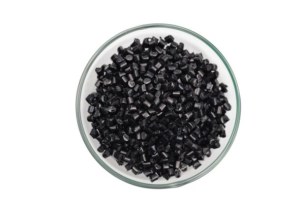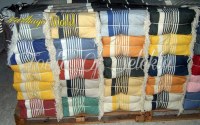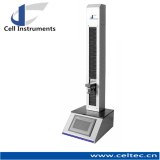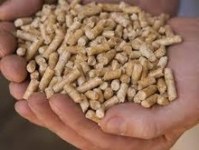Non-woven masterbatch is a type of additive used in the production of non-woven fabrics. It is designed to improve the overall functionality, durability, and aesthetic appeal of non-woven materials. pp non woven masterbatch are typically made from a variety of thermoplastic polymers and can be customized with various additives to meet specific performance requirements.
TYPES OF NON WOVEN MASTERBATCH
Black Masterbatch
It provides excellent color consistency and improved mechanical properties to the final product.
White Masterbatch
It provides excellent resistance against ultra violet, weathering, heat, and light.
Universal Color Masterbatches
Universal Color Masterbatch contains a high concentration of pigments or dyes, dispersed in a carrier resin.
Custom Color Masterbatch
Color masterbatch is a polymer carrier designed to add vibrant and consistent colors to plastic products.
Matt White Masterbatch
Matt White Masterbatch is typically made up of a mixture of polymer carrier resins, white pigments, additives, and processing aids.
Optical Brightener Masterbatch/Fluorescent Whitening Masterbatch
It is a type of additive used in the plastic industry to improve the whiteness and brightness of plastic products.
UV Stabilizer/Absorb Masterbatch
UV stabilizer masterbatch offers superior protection against acidic substances such as pesticides and acid rain.
Flame Retardant Masterbatch
Application: part thickness, and desired flame retardant effectiveness all influence the amount of addition.
Antimicrobial Masterbatch
Antimicrobial masterbatches is commonly used in applications that require a high level of hygiene
Softening Masterbatch
Softening masterbatch can be combined with color and other additives to meet your requirements.
Hydrophilic Masterbatch
Hydrophilic masterbatch is non-toxic, harmless, eco-friendly, with excellent water absorption and retention properties.
Cooling Masterbatch
Cooling masterbatches can extend the lifespan of equipment by reducing wear and tear caused by high temperatures.
Anti-static Masterbatch
Anti-static Masterbatches reduces the accumulation of dust that keep the film's appearance clean and clear.
Meltblown Nonwoven Fabric Materials
Customization in accordance with various specifications.
Biodegradable Polyolefin
It can be designed according to degradable time or effect to meet customer requirements.
Electret Masterbatch
Electret Masterbatches are used in the production of products in various fields such as electrostatic spinning, electrostatic dust removal, and air filtration.
What Are the Advantages of Non Woven Masterbatch?
The advantages of using non-woven masterbatch include improving the color, durability, and properties of non-woven fabrics. They can also help reduce defects and improve production efficiency. Non-woven masterbatch can be customized to meet specific performance requirements and can enhance the functionality and aesthetic appeal of non-woven materials.
IN WHAT INDUSTRIES ARE NON WOVEN MASTERBATCH COMMONLY USED?
In What Industries Are Non Woven Masterbatch Commonly Used?
pp melt blown nonwoven fabric is commonly used in industries such as hygiene products, agriculture, construction, textiles, and packaging. They are used to improve the overall performance of non-woven fabrics, such as improving the color, durability, and UV resistance. Non-woven masterbatch can also enhance other properties like antistatic, flame retardancy, and hydrophilic/hydrophobic properties.
How Do You Tell if a Fabric Is Woven or Non Woven?
To determine if a fabric is woven or non-woven, the easiest method is to look closely at the edges of the fabric. Woven fabrics have a regular pattern of interlacing threads, and the edges are typically frayed. Non-woven fabrics, on the other hand, have a more random arrangement of fibers, and the edges appear more uniform.
HOW IS NON-WOVEN MASTERBATCH ADDED TO NON-WOVEN FABRICS?
How Is Non-woven Masterbatch Added to Non-woven Fabrics?
Non-woven masterbatch is typically added to non-woven fabric during the production process, either as a liquid additive or as pellets. The masterbatch is mixed with the raw materials used to produce the non-woven fabric, such as fibers or granules, before being processed into a finished non-woven fabric. Liquid masterbatch can be injected directly into the processing line, while pelletized masterbatch is typically added to the raw materials before processing. The amount and type of masterbatch used can be adjusted to ensure the non-woven fabric has the desired properties for its intended application.
Localisation : Huanchngnan Rd.4-04B, Longquan, Zhjiang, China, 323700 Longquan,
Personne à contacter : mb honye, 0578 7222537








